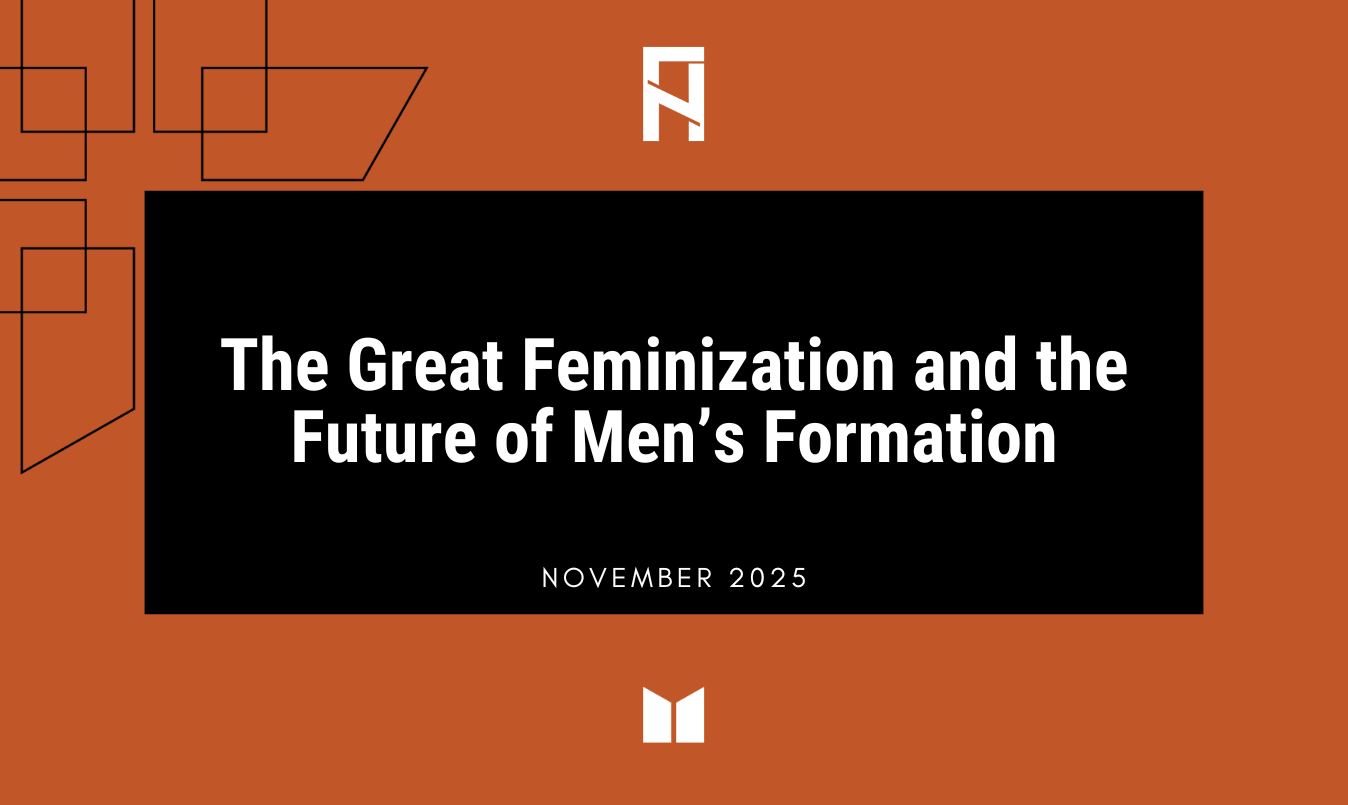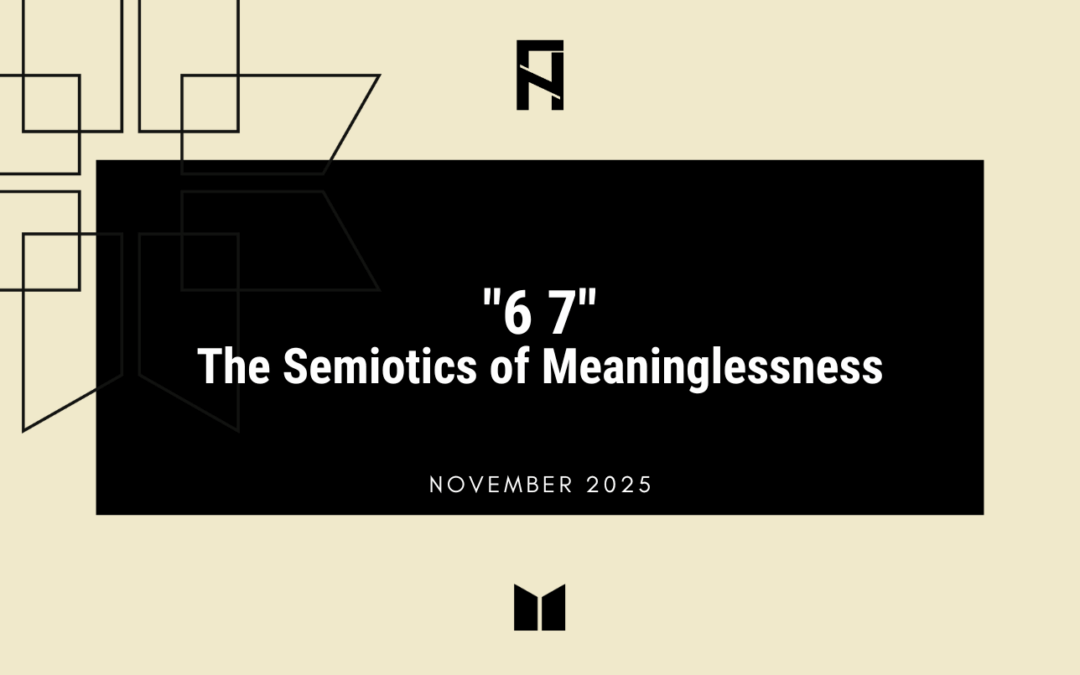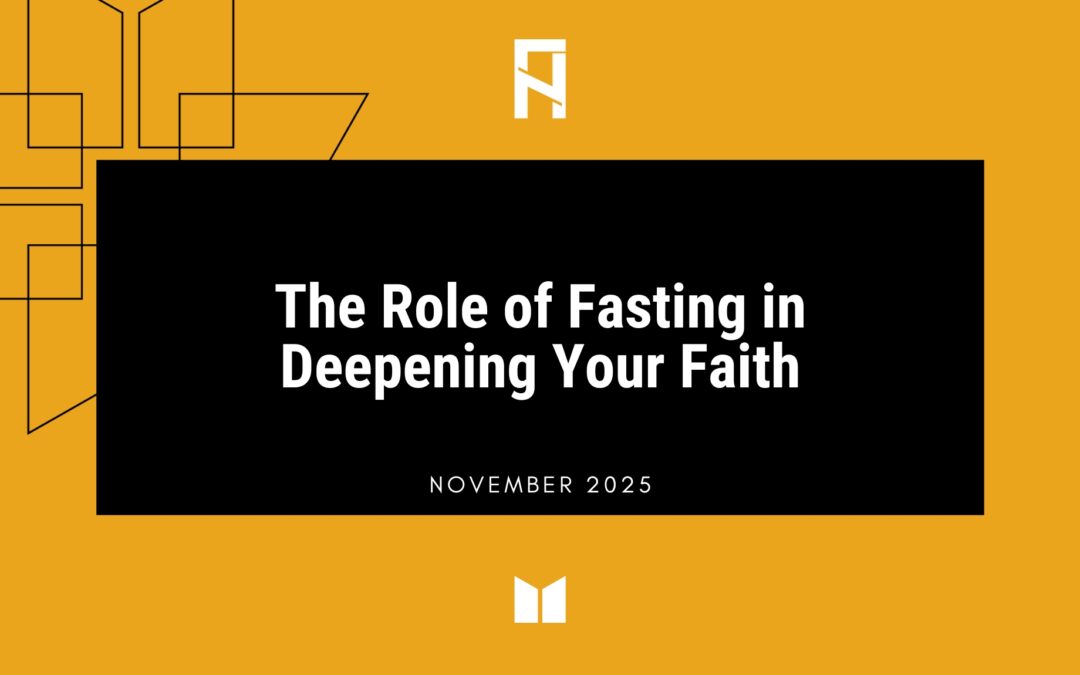When an essay detonates across the culture like a depth charge, it is usually because it names a feeling that was already there. Helen Andrews’s “The Great Feminization” in Compact Magazine did exactly that. In a few thousand words she managed to link everything from cancel culture to institutional fragility to what she called the demographic feminization of elite spaces.
Her argument was simple and explosive: as women have become the majority in key institutions—law schools, HR departments, universities—the culture of those institutions has changed. The male-coded virtues that once defined them—argument, risk, competition—have given way to empathy, safety, and consensus.
Andrews insists she is not lamenting women’s success so much as observing what happens when one polarity overwhelms the other. When institutions cross a certain threshold, she argues, their internal culture flips; men leave, incentives shift, and purpose bends from pursuing truth to avoiding harm.
It is a tidy, intuitive story. A little too tidy, say her critics. But that is what gives it power. If true, it is the kind of truth that cuts both ways by diagnosing something real while leaving a sharp edge.
The Argument In Brief
Andrews points to data: women now earn nearly 60 percent of U.S. college degrees. Law schools are 56 percent female, medical schools nearly at parity. She notes that fields most dependent on open debate and adversarial process—law, academia, media—now often center emotional safety and social cohesion. “Everything you think of as wokeness,” she writes, “is simply an epiphenomenon of feminization.”
Her remedy is a re-masculinization of norms: restore fair rules, reward merit, tolerate disagreement, and stop pathologizing conflict. Civilization, she warns, depends on it.
The Pushback
The backlash was immediate.
Megan McArdle in The Washington Post conceded that institutions have become more risk-averse and that “toxic femininity” can exist, but she dismissed the civilizational panic. “We spent decades dissecting toxic masculinity,” she wrote. “We can admit that every virtue has its vice without pretending the vices will end civilization.”
Leonora Barclay in Persuasion argued that the problem is not feminization but imbalance. Societies flourish when masculine and feminine virtues temper one another. “We can embrace the positive aspects of both,” she wrote, “whilst mitigating the harms of each.”
Matthew Yglesias in Slow Boring, who dismissed the thesis as mere reactionary nostalgia. He argued that women’s professional rise has fundamentally expanded human capital, not diminished it. The genuine challenge, he insisted, is adapting our institutions, not rolling back progress.
David French framed it morally: blaming women for institutional decay mirrors the grievance politics that already corrode public life. The call is for virtue, not victimhood.
Richard Reeves, author of Of Boys and Men, offered a different angle. The problem, he said, is not too many women in elite fields but too few men in the care professions—education, health, social work—where their presence is needed. “We do not need fewer women in the boardroom,” he argues, “but more men in the nursery.”
Still, there are other voices that found Andrews persuasive. Revolver News praised her for locating the roots of wokeism. Political scientist Richard Hanania said her claim that rising feminization correlates with declining institutional risk tolerance “sounds plausible.” A columnist at National Review confessed, “How did I not see it before?” That is the pattern of a live idea: thoughtful critics, partial converts, and ideological champions all orbiting the same gravity.
What This Debate Is Really About
Beneath the visible gender rhetoric, the essay is less about demography than destiny. The real question becomes: which virtues now hold sway, and at what cost?
Andrews is not wrong that modern institutions feel anxious, brittle, and conflict-averse. Corporate HR departments police tone; universities struggle to host debate; churches fracture over psychological safety versus doctrinal truth. Those are empirical facts. But attributing them solely to the gender ratio is too linear. Demography matters, but so do incentives, economics, and generational psychology.
Still, she is asking the right question: have our institutions lost their telos as in the capacity to confront reality without fear of harm?
That question matters profoundly for anyone working in the formation of men.
Men, Institutions, and The Flight from Meaning
For decades, researchers have tracked the disengagement of men from the civic and spiritual life of the West. Men attend church less, postpone marriage, and disproportionately leave college earlier. Across the spectrum, they report lower life satisfaction, endure higher suicide rates, and seem adrift in an epidemic of purposelessness. Sociologist Nicholas Eberstadt once cataloged this decline as ‘men without work’. Richard Reeves, from a different angle, calls it ‘men without roles’.
Why are men retreating? Partly because the institutions that once needed them—churches, schools, workplaces—now feel alien. Andrews’s “feminization” thesis touches that nerve: many men sense that the traits they naturally bring—decisiveness, competitiveness, blunt honesty—are no longer welcomed but pathologized.
You can dismiss that feeling as fragility, but it is still data, and data demands interpretation. From where I sit, studying men’s identity and spiritual formation, the deeper dynamic is this: we have lost the polarity that generates institutional vitality.
Polarity, Not Hierarchy
Every healthy system—family, church, corporation, civilization—requires the creative tension of masculine and feminine energies. Grace without truth becomes sentimentality. Truth without grace becomes brutality.
Andrews’s mistake is treating feminization as an enemy rather than a symptom of imbalance. The answer is not to displace women or to scold empathy. It is to reintegrate polarity: courage with compassion, conviction with kindness, risk with safety, justice with mercy.
In physics, a battery dies when its poles equalize. In culture, the same is true.
The Theological Core
Christian anthropology offers a richer framework than cultural polemics. Men and women are created not as competitors but complements as reflections of a larger divine image. The masculine impulse toward initiation, risk, and sacrifice was never meant to dominate; it was meant to bear weight on behalf of others.
When that energy disappears, institutions lose spine. When feminine energy is isolated, they lose heart. Both distortions are deadly; together they are holy.
The church, at its best, holds both. It speaks truth that wounds and heals; it administers grace that forgives and demands. When churches themselves bend toward safety over sanctification, they replicate the same imbalance Andrews laments elsewhere.
A Constructive Path Forward
If Andrews is roughly right that our institutions skew empathic and cautious, then the call to men is not to rage but to re-engage. The world does not need more male resentment. It needs men who translate strength into stewardship.
That means:
- Re-engaging institutions. Do not flee the university or the public square. Bring courage back into them.
- Re-learning formation. Recover habits that build moral muscle—discipline, service, ritual, and risk.
- Re-pairing polarity. Work alongside women as allies in truth and grace, not rivals for status.
- Re-casting strength. Strength is not domination but sacrificial presence: the willingness to bear the weight others cannot.
From where I sit, the goal is not to move men into the care professions or to reshuffle genders by category. It is for men to rediscover their function—to become rightly ordered under God in love. Not merely in sentiment, but in the kind of love that has form and direction.
Why This Matters Now
The real story of The Great Feminization is not about what women took. It is about the vital roles men surrendered. The song of creation still plays, waiting for us to step back in. The world doesn’t need more noise, it needs harmony.
It’s time for men to raise their voices again.
To find our note.
To anchor the melody with weight, steadiness, and love.
The world’s been out of tune for a long time with men and women straining against each other.
I want to see a future where men lead by harmonizing, not dominating.
Where strength restores balance, not break it.
A future where men give voice to women without losing their own.
Endnotes
- Helen Andrews, “The Great Feminization,” Compact Magazine, Oct 16 2025.
- Megan McArdle, “Toxic Femininity and the Rise of Cancel Culture,” Washington Post, Oct 26 2025.
- Leonora Barclay, “The Great Feminization Hasn’t Gone Far Enough,” Persuasion, Oct 2025.
- Matthew Yglesias, “Women’s Professional Rise Is Good, Actually,” Slow Boring, Oct 2025.
- David French, New York Times column on gender and institutional virtue, Oct 2025.
- Richard Reeves, Of Boys and Men (Brookings Institution Press, 2022); Brookings essays, 2023–2025.
- Richard Hanania, “The Feminization Talking Point as Partisan Hackery,” Substack, Oct 2025.
- “Somebody Finally Figured Out How ‘Wokeism’ Started,” Revolver News, Oct 2025.
- “Helen Explains Things to Me,” National Review, Oct 2025.
- U.S. Department of Education / Pew Research Center, 2024 data on degree attainment by sex.
Gallup World Poll 2024; Survey Center on American Life 2024; Institute of Men and Religion State of Young Men 2025 dataset (forthcoming).






